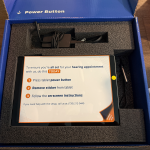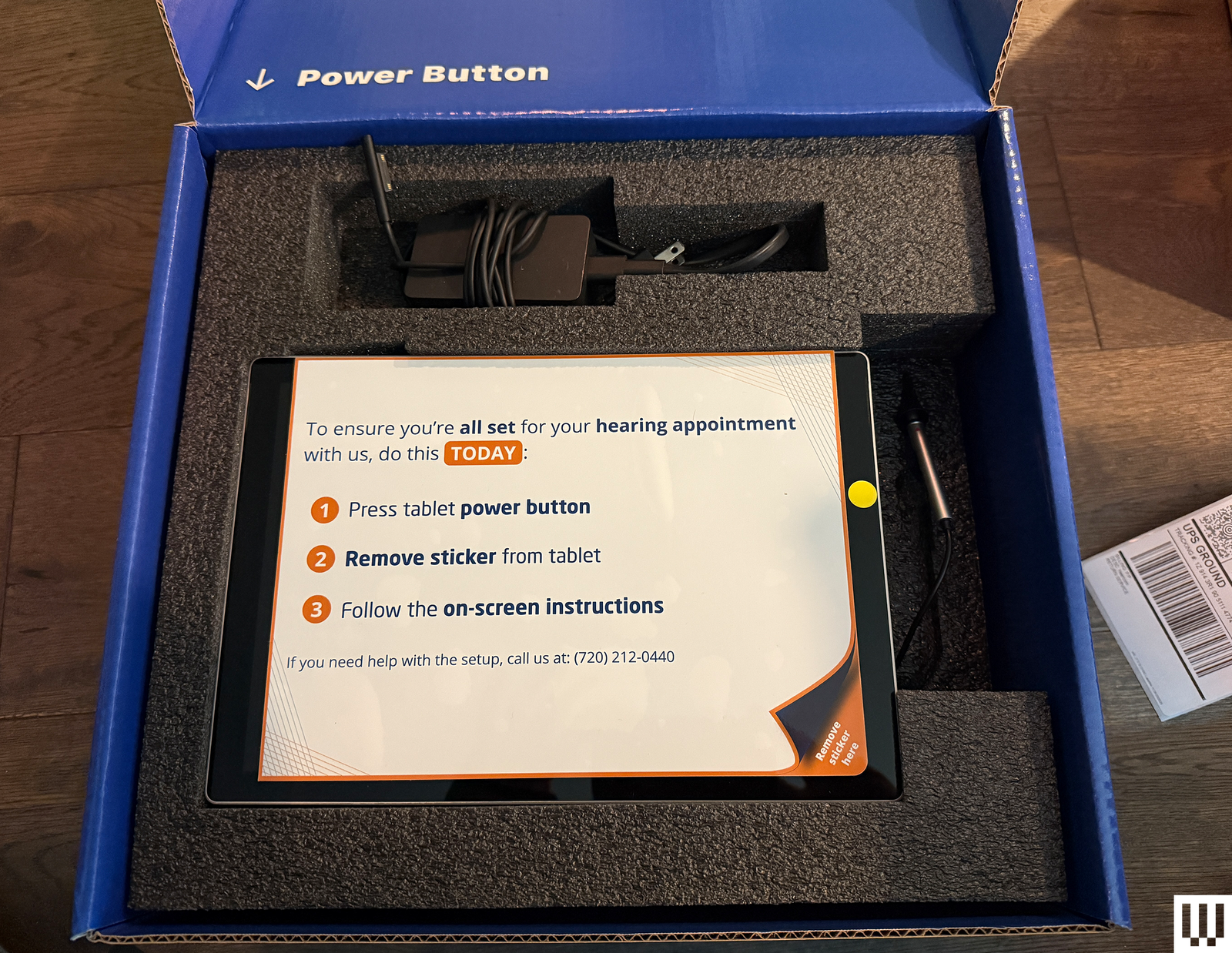
The TV test team at Consumer Reports puts every TV through a battery of tests in our TV labs. We first set up each TV and carefully note all of its key features, such as resolution, the number of HDMI inputs, and support for streaming services and voice-enabled digital assistants. We then set up the TV for optimal performance using the set’s built-in presets and picture controls, just like you would. We use objective tests and measurements, as well as real-world video clips and subjective evaluations, to determine picture detail, color accuracy, and contrast, and compare each TV with one of several fully calibrated reference TVs in our labs.
HDR, short for high dynamic range, is now found in a vast majority of midsized to large sets. HDR increases the contrast between the brightest whites and the darkest blacks a TV can produce. To do a good job with HDR video, a TV needs to get bright enough to display brighter, more colorful images with greater contrast and a wider array of colors, much closer to what we see in real life.
For HDR performance, we measure the TV’s peak brightness using a $40,000 Photo Research PR-740 spectroradiometer (also used for fine colors and deep black measurements), and industry standard and proprietary test patterns. We then evaluate the TV’s HDR performance with both very dark and very bright scenes, as well as with video clips that feature an extended range of colors.
We evaluate picture quality for clarity, color accuracy, and contrast at various horizontal and vertical viewing angles. Motion-blur tests, done at various speeds, are an evaluation of how well the TV can produce a blur-free image during motion scenes.
Sound quality is evaluated using the TV’s built-in speakers with subjective testing by a trained listening panel, with support from audio test equipment. In our judgments, we listen for the overall quality of sound, depth of bass, effective volume levels, and audible distortion during dialogue, music, and movie soundtracks. (Many TVs have disappointing sound in comparison to their image quality. You can address that by adding a soundbar.)
The versatility score is a measure of a TV’s useful features, including access to streaming services, the ability to work with digital voice assistants, the number of HDMI and USB inputs, and support for various media.
Finally, Consumer Reports also includes data privacy and security scores for all the TVs we test. Now that TVs routinely connect to the internet, data privacy and security have become concerns for consumers.
Consumer Reports evaluates the various ways TV brands collect, use, and share consumer data, how well they protect it, and how transparent they are about their data practices. We encourage TV makers to ship their sets to consumers with the optimal privacy settings turned on by default. You can adjust the settings yourself.









